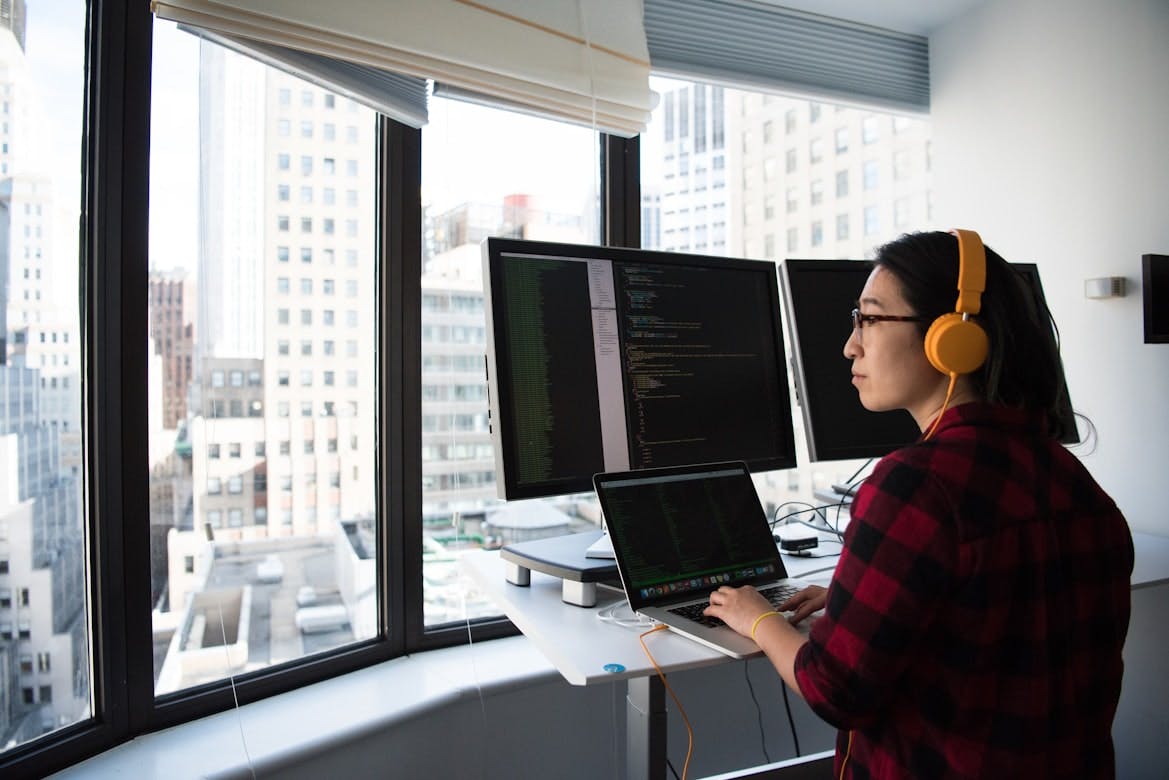
Configuring Your PC for Web Development:
R
Hello all!
In today's digital era, a significant part of our lives revolves around the web. As such, web development has become a critical skill in many professions. For those aspiring to venture into this exciting field, it's crucial to properly configure your PC for a seamless development experience. Here's a step-by-step guide on how to get your PC ready for web development.
1. Choose Your Operating System
Web development isn't heavily dependent on your operating system (OS), so this largely comes down to personal preference. Windows, macOS, and Linux all have their strengths. However, it's worth noting that many web developers prefer Unix-based systems like macOS or Linux due to their powerful terminal and compatibility with modern development tools.
2. Set Up a Text Editor or Integrated Development Environment (IDE)
A good text editor or IDE is the bread and butter of web development. These tools allow you to write and edit code effectively. Some popular options include:
-
Visual Studio Code (VS Code): This open-source text editor developed by Microsoft is widely used in the web development community. It's customizable and comes with features like syntax highlighting, intelligent code completion, and an embedded terminal.
-
Sublime Text: Known for its speed and performance, Sublime Text is another excellent text editor, albeit premium.
-
WebStorm: This is a powerful JavaScript IDE with advanced features like on-the-fly error detection, a robust navigation system, and automated refactorings.
3. Install a Good Web Browser
A modern web browser is essential for testing and debugging your web applications. Google Chrome is widely used because of its powerful developer tools. Mozilla Firefox and Microsoft Edge are also good alternatives.
4. Install Node.js and NPM
Node.js is a JavaScript runtime that lets you run JavaScript on your computer, instead of just in your web browser. NPM is the default package manager for Node.js. It's used for installing JavaScript libraries and packages. You can download Node.js and NPM from the official Node.js website.
5. Install Git
Git is a version control system that helps you manage and track changes to your code. It's a must-have tool for any developer. You can install Git from the official Git website.
6. Install a Terminal
While Windows does come with a built-in command prompt, many developers prefer alternatives like Git Bash, PowerShell, or the new Windows Terminal.
If you're on macOS or Linux, your default terminal application should suffice. However, you might want to install Oh My Zsh, which is an open-source, community-driven framework for managing your ZSH configuration. It comes bundled with a lot of helpful functions, helpers, plugins, and themes.
7. Set Up a Local Server
Lastly, you might want to set up a local server for developing your web applications. Tools like XAMPP or MAMP can help you easily set up a local web server on your PC.
And there you have it! Your PC is now ready for web development. It's worth noting that web development tools evolve rapidly, so always be on the lookout for new tools and best practices. Happy coding!